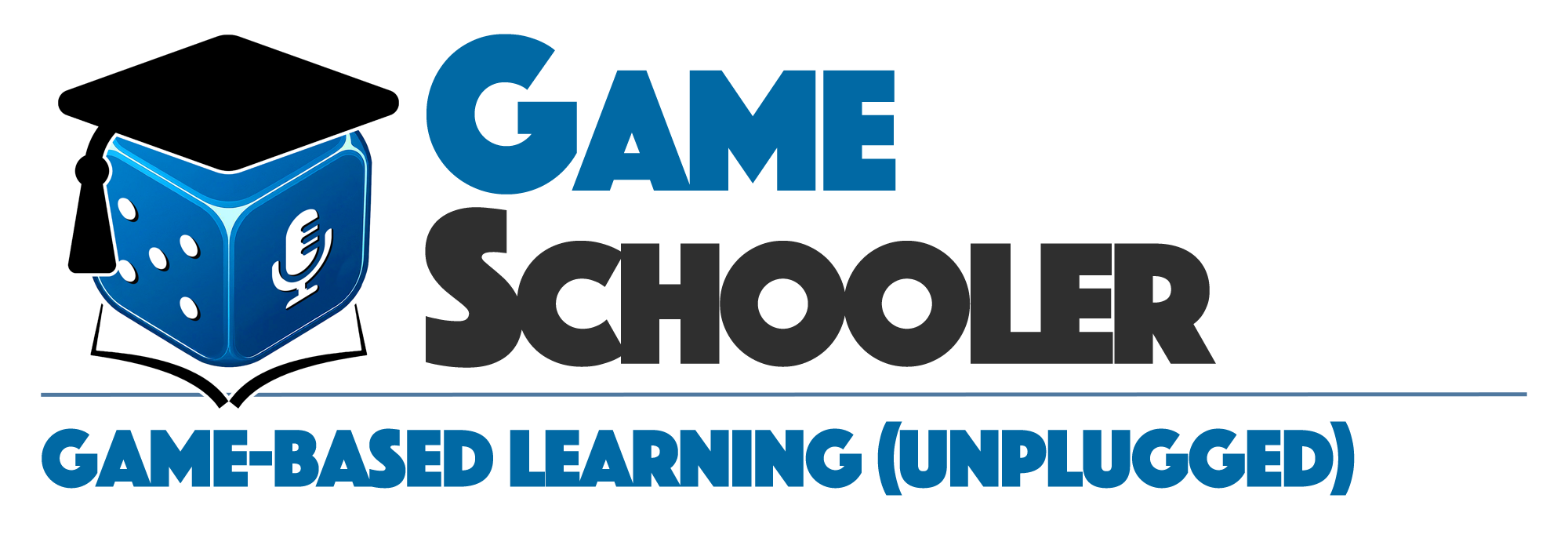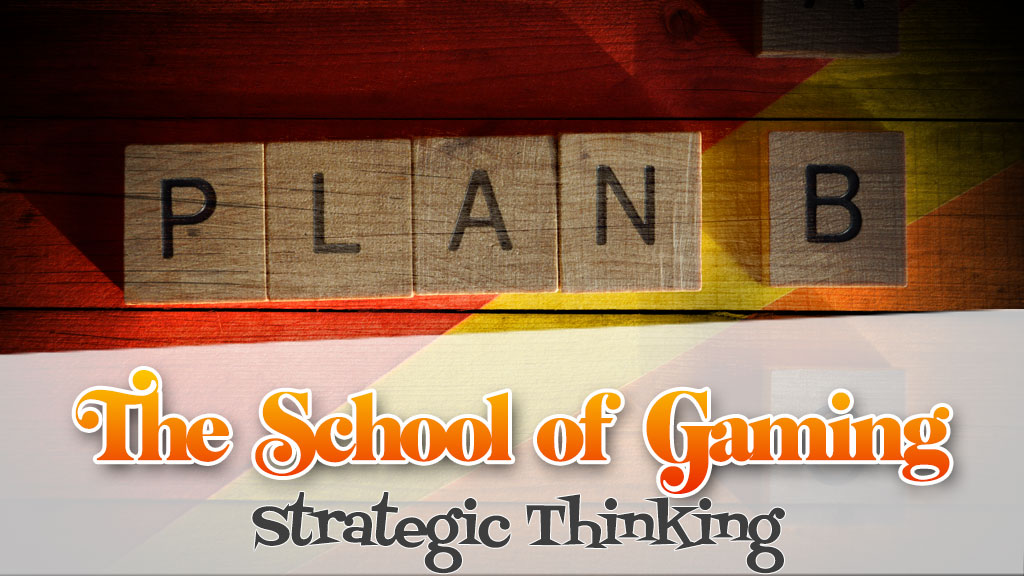In a recent blog post, we explained how tactical thinking develops when kids and young adults engage in modern tabletop board games. Whereas tactical thinking requires making decisions based on currently available and frequently changing information, strategic thinking encourages students to develop a process or long-term strategy for accomplishing a goal. If you want your students to plan their actions and moves, listen to how the gameschoolers talk about the game. As a teacher, you can actually hear strategic thinking developing in a post-game discussion. When students talk about what they wish they would have done or discuss what they will do next time they play the game, the gamer is thinking through their future moves and scenarios: they are being strategic.
The following types of games all feature opportunities for youth to develop and build strategic thinking:
- Cooperative games,
- Worker placement games,
- Route building games,
- Civilization building games,
- Trick taking games
When students plan out their actions and think about their best move, they are practicing strategic thinking. Two of the recommended games of the week that develop this skill are 7 Wonders and Trekking The World.
If you want your students to get better at planning, prioritizing, and executing their thoughts; consider building in time and developing a culture around talking about what and why the gamers did-what-they-did during the game. Strategic thinking is a critical skill, and board games offer countless opportunities for this component of critical thinking to increase.
References and Links

